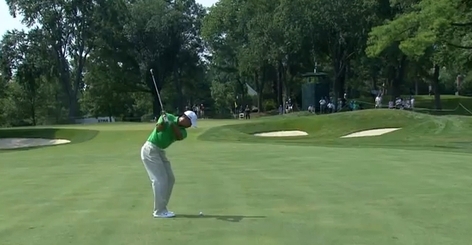 Golf skill progress is a complex and lengthy process that will challenge you mentally and physically if your goal is to achieve very high standards of performance in golf tournaments. One of the biggest road blocks to developing your golf skills so you can break 70 in golf tournaments is the idea that you can become consistent at the game of golf. Consistency is something golfers from novice level to tour level strive to achieve every time they compete, and in today's article I'm going to show you why trying to become consistent at the game of golf is the wrong way to approach becoming a competent and successful amateur or professional golfer. When I looked up the word consistency I found this definition of the word that I liked and could relate to: Unchanging in achievement or effect over a period of time of a person, behaviour, or process. When you think about the word consistency in the context of golf performance it is easy to imagine something like a wave pattern with a consistent frequency like the image below? The idea is that your scores vary little from your lowest to highest scores so that it can be represented as a consistent wave pattern. However the reality is a long way off when it comes to developing a consistent performance on the golf course. The image below gives you a great example of what I mean. It shows three very different and distinct wave patterns with the white one showing a consistent frequency from low to high moving from left to right as described above and the others moving erratically from high to low as they travel from left to right. 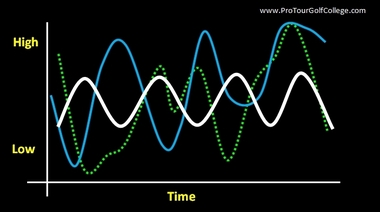 The green dotted line represents 12 rounds Luke Donald’s played from the Zurich Classic to the Memorial Tournament. The blue line represents 12 rounds Charlie Wie’s played from the The Players Championship to the Memorial Tournament. I think you’ll agree that there’s not a lot of consistency in their wave pattern frequency from low to high and from left to right... I think it is naive for any golfer to think that their competitive golf performances will be consistent and predictable for prolonged periods of time. Life is not like that and your golf game is certainly not like that either. In the images above you can clearly see the results of 12 competitive rounds of golf over three tournaments that Luke and Charlie played earlier this year. Notice the variation in their golf scores from one round to the next? (Click on the images to expand them) There’s not a lot of consistency here with their competitive golf scores fluctuating erratically. Luke Donald (The current world number one at the time of writing) has a wave pattern that has tremendous variation from low to high - from round to round. What makes both of these golfers scoring patterns interesting is their low to high stroke difference.Charlie Wie's low to high stroke difference for these 12 rounds is 8 strokes and Luke Donald's is 10 strokes. That seems like a lot but our studies of tour golfers at Pro Tour Golf College shows that a 7 to 10 stroke variation in low to high scores in competition is reliable from tour to tour. Luke Donald and Charlie Wie like all successful competitors have learned how to cap their highest score above par to just 75 in this example, and their lowest score to 65. Both of these golfers show the statistic that is much more important than trying to become consistent at the game of golf and that is their competitive score average. This is the real secret to improving your performances on the golf course. You have to learn how to cap your highest score to just over par and lower your lowest golf score to as much under par as possible if you want to become a successful tour golfer. Your competitive score average is what determines how successful you are on the tour. Luke Donald's competitive score average over the 12 rounds he played was 69.75 which earned him more than 900,000 dollars in prIze money. Charlie Wei had a competitve score average for his 12 rounds of 71.9 which earned him over 100,000 dollars. 2.15 strokes difference in their competitive score average in this example is 800,000 dollars difference in prize money! Consistency doesn't matter nearly as much as your competitive score average does! Charlie had more high score rounds than Luke and the bottom line is a big difference in dollars earned. 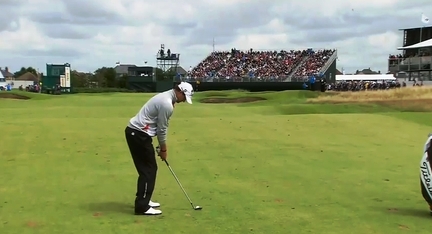 Of course that doesn’t mean that you shouldn’t expect the best from yourself and your game each time you perform. You see it’s just that the reality is your golf score pattern will have a high point that is higher than you want it to be and a low point that is never low enough. At Pro Tour Golf College we teach our students to understand this high to low performance phenomenon and embrace it. Because it’s only by embracing the mystery that is golf score variability that you will truly understand the challenge facing you. And with that being said, our key strategy with our PTGC golf training program is to lower the high score average of each of our students by designing a well thought out training process that incorporates a proven improvement plan. Your golf scores from round to round shouldn't vary by more than ten strokes and you should focus on developing a way to cap your high scores whilst at the same time learning how to bring down your low score average which is the key to becoming a more competitive golfer on the golf course.
When you can get your game to a standard where you hardly ever make a double bogey or worse, then you are on your way to lowering your high score average and your competitive score average. You will have days where the best you can produce is score a 78 so don't let this discourage you. Keep working at developing the golf skills that lower your high scores and before you know it you'll discover that your competitive score average is lower than you ever imagined it could be. Lawrie Montague and David Milne - Pro Tour Golf College Comments are closed.
|
Archives
June 2019
|
Proudly Supported By
Copyright © 2011 - 2018 Pro Tour Golf College
Website Managed By Golf Performance Media
All Rights Reserved
Website Managed By Golf Performance Media
All Rights Reserved

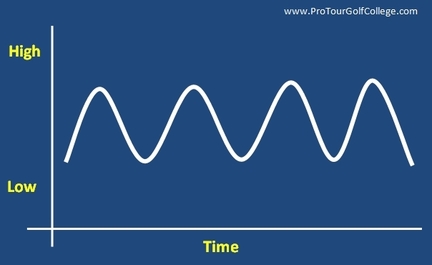
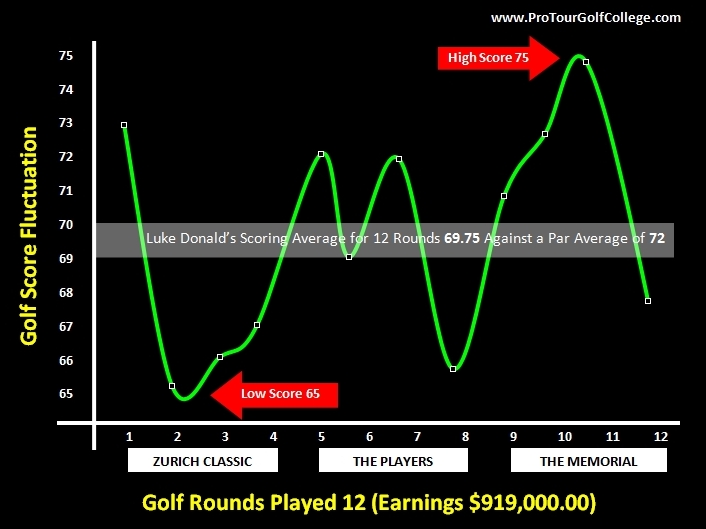
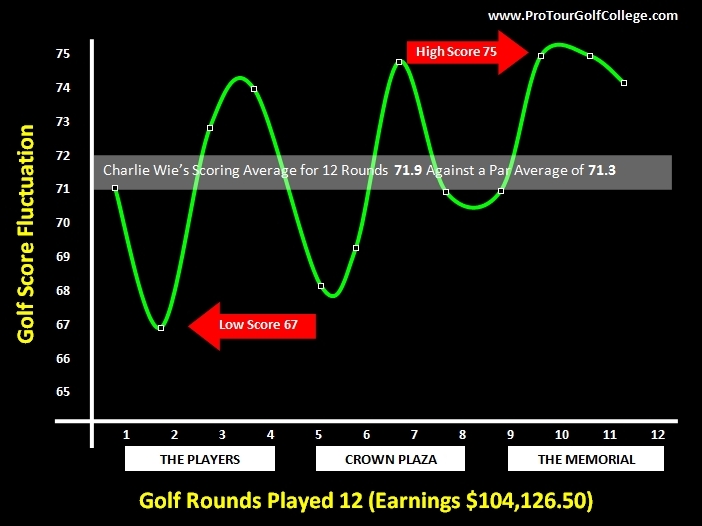
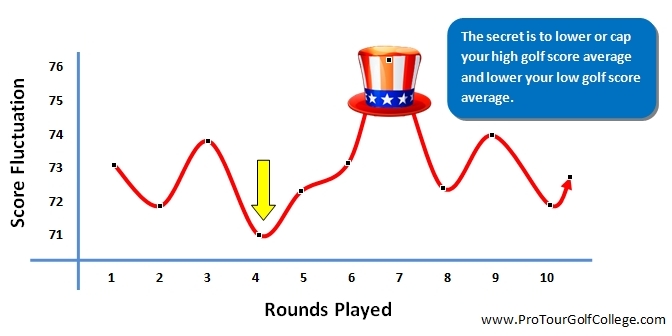
 RSS Feed
RSS Feed



